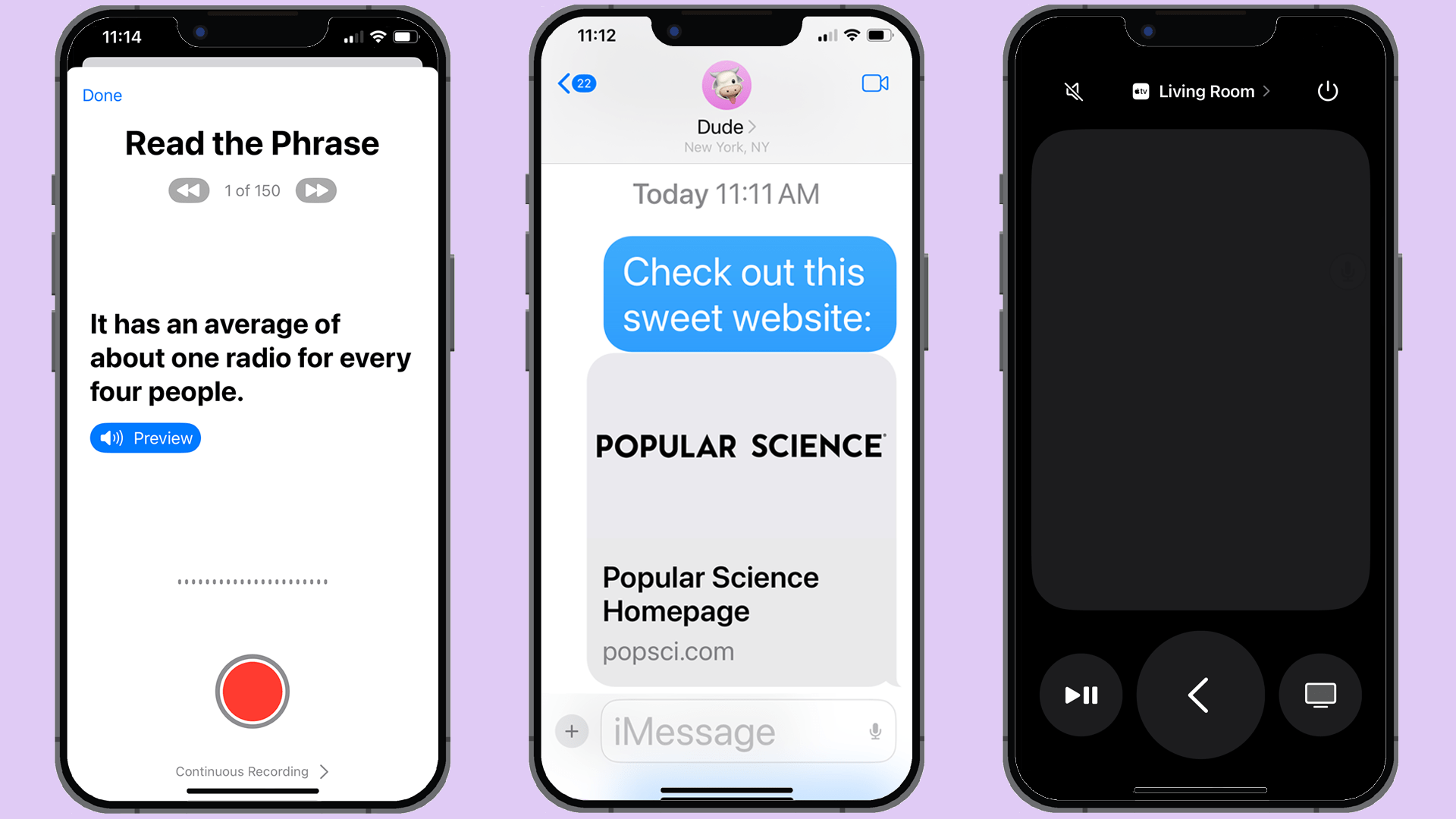

Part of the appeal of the iPhone is you can just pick it up, log into your Apple account, and get going. But if you take a dive into the Settings, you’ll find there’s a plethora of useful options that you can tweak to improve your experience even more.
Here we’re going to take a look at the Accessibility part of Settings on iOS: The options on this page are designed to make it easier for anyone to use the iPhone, especially users who might struggle to operate the device in standard mode.
From subtitles for on-screen content, to alternative ways of selecting what’s on screen, we’d recommend making yourself aware of what’s available here—you might find these settings come in handy more often than you think.
Boost the text size
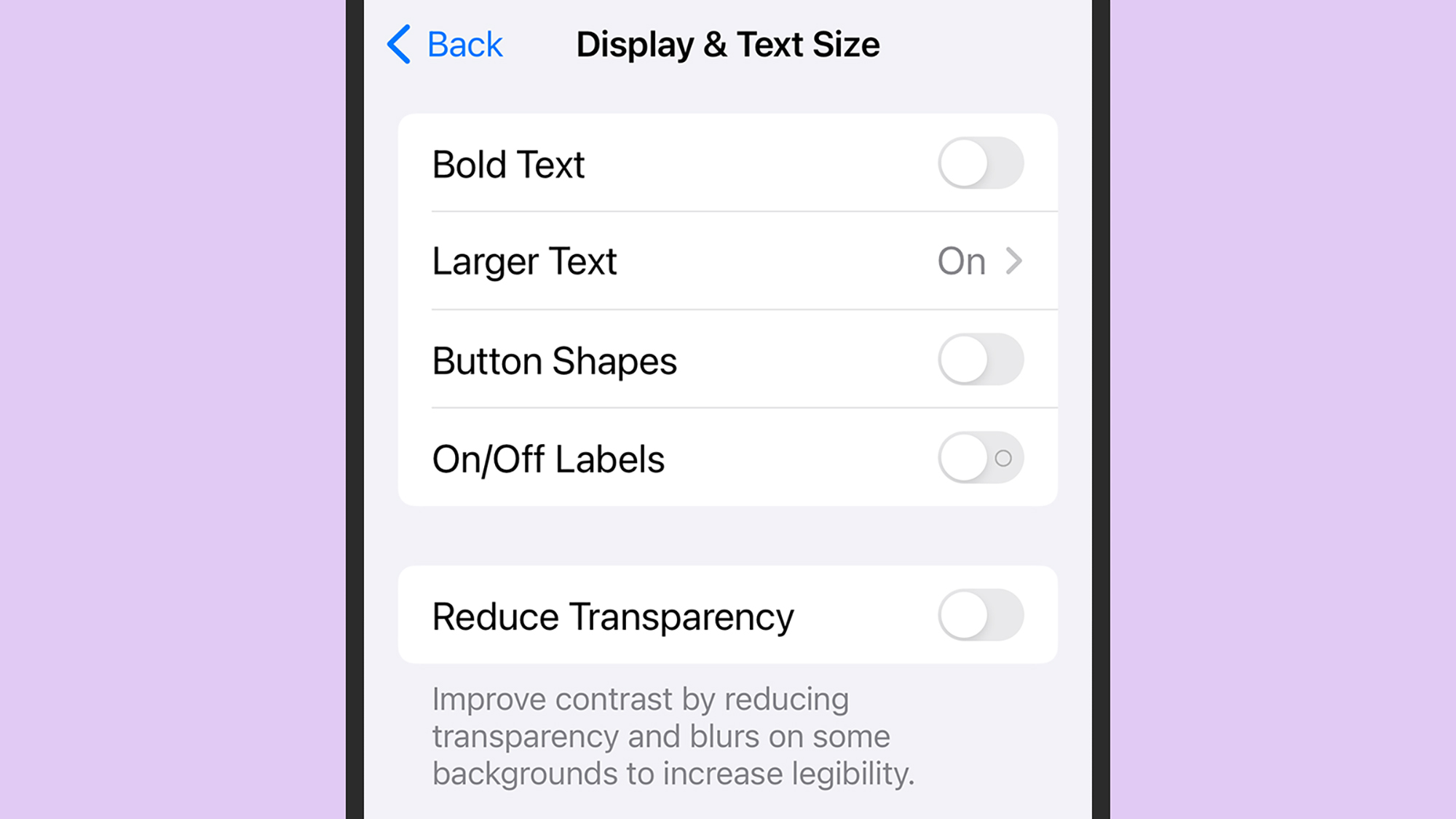
If you find it difficult to read text on your iPhone, you can boost the font size. Pick Display & Text Size and then Larger Text, and you get a slider to adjust. If you need to go even bigger, enable the toggle switch labeled Larger Accessibility Sizes above the slider.
Your changes get previewed instantly on screen, and you can also make text smaller if you’re keen to cram more of it on the screen. All of the apps you’ve installed on your iPhone should follow the text size as it’s set here, though you might come across a few anomalies.
Turn on the closed captions
For content that supports it, you can have captions and subtitles show up on screen automatically, via Subtitles & Captioning. Use the Closed Captions + SDH toggle switch to enable or disable the feature, and Style to customize the look of the text on screen.
Where you see captions will depend on the support in individual apps—and these apps may have subtitle options of their own. This setting is especially helpful if you’re in a quiet environment without headphones and you want to know what’s going on in a video.
Lock your iPhone to one app
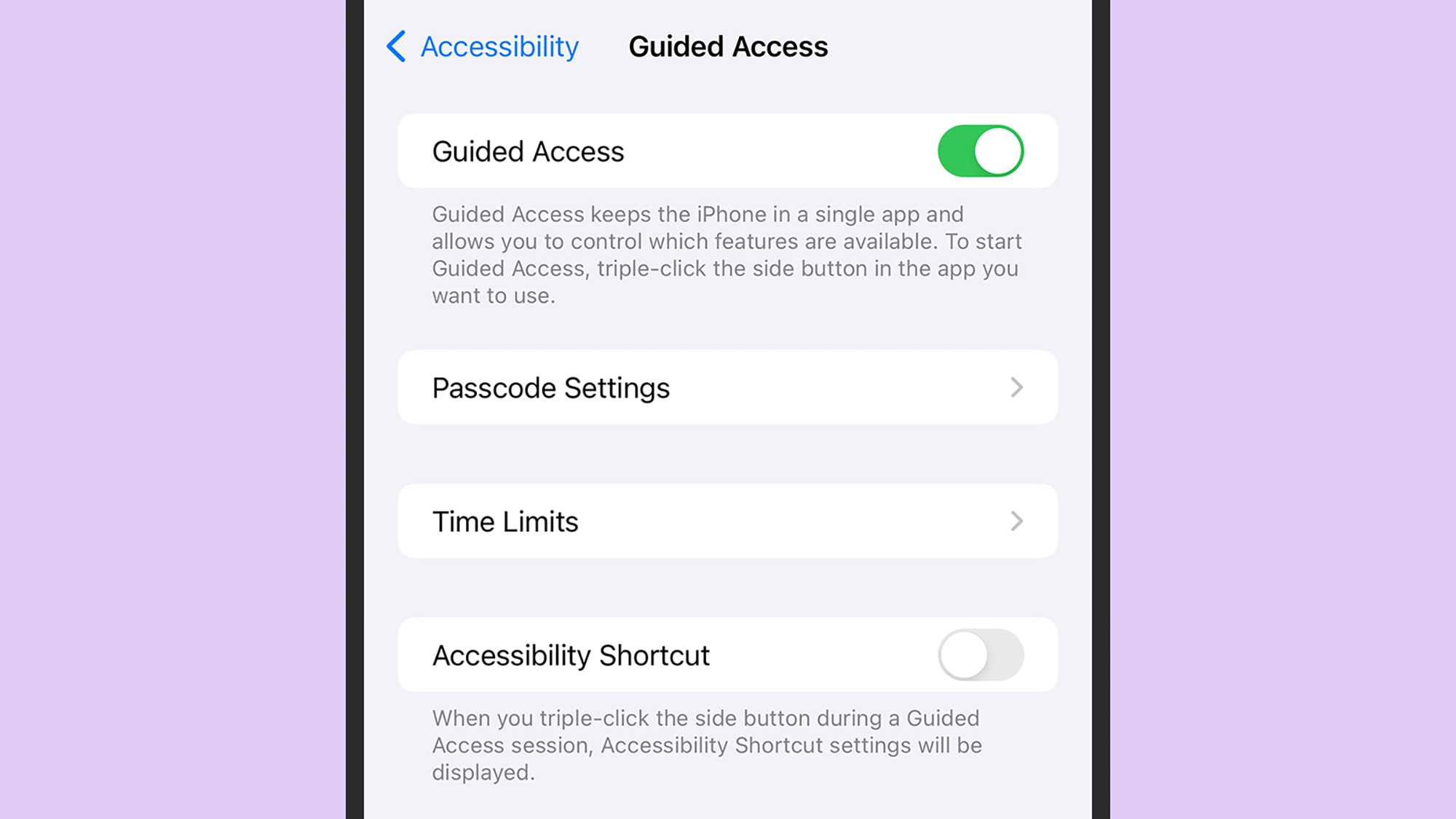
If you’re lending your iPhone to someone else—a friend or a family relative, maybe—and you want to keep them inside a single app rather than letting them navigate all across your device, then turn on the Guided Access feature from the Accessibility menu in iOS.
You’ll be asked to set a passcode, and once Guided Access is enabled, you can then tap the side button three times in an app to stay locked inside that app—the passcode will be required to exit Guided Access mode, and you’re able to set time limits too, if required.
Improve Face ID security
Newer iPhones have Face ID, and via the Face ID & Attention menu you can enable Require Attention for Face ID. This means you need to have your eyes open and be looking at your iPhone for Face ID to work, making the screen locking technology more secure.
One of the hacks this stops is someone else using your face to unlock your iPhone while you’re asleep, for example. You can also enable Haptic on Successful Authentication so that your iPhone gives a distinctive buzz whenever Face ID is used for authorization.
Show on-screen navigation controls
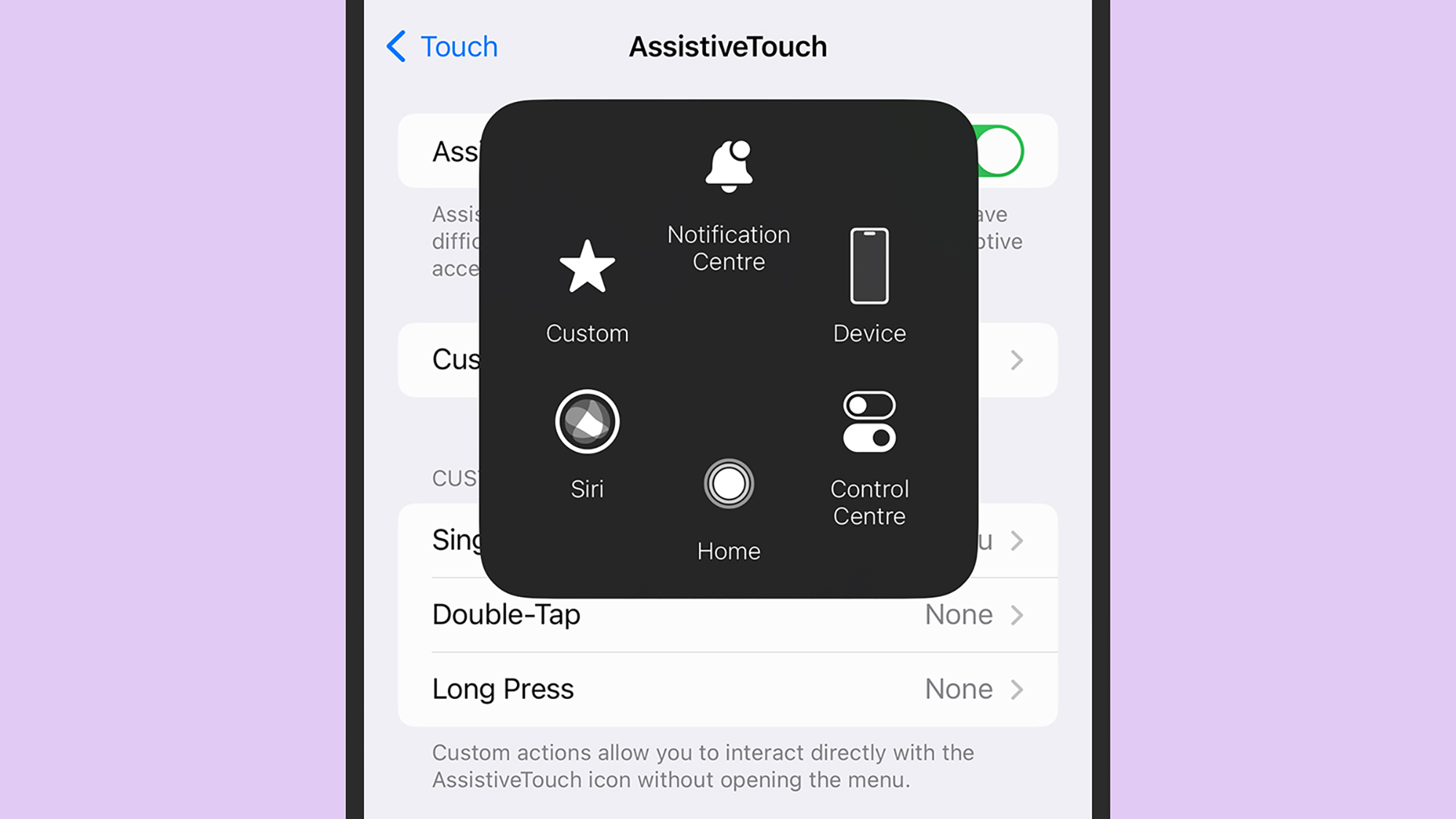
Pick Touch and then AssistiveTouch, and you’re able to bring up a floating bubble on screen that gives you quick access to areas like the Control Center or the Notification Center. There’s also the option to set up custom shortcuts of your own as well.
The feature is designed for people who are unable to use the standard shortcuts for tasks like launching Siri or jumping to the front home screen—but it’s also a handy backup to have if one of the buttons on your iPhone or part of the screen has stopped working.
Create your own synthesized voice
Select Personal Voice and then Create a Personal Voice, and your iPhone will walk you through the process of setting up a synthesized voice that sounds like you. The idea is that if you have difficulty speaking, you can use the voice in apps like FaceTime.
All that’s needed is 15 minutes of recording time, and you’re good to go. You can set up multiple voices on the same device if you need to, and all the information needed is saved locally on your device. The feature is used together with the Live Speech option.
Set up a custom shortcut
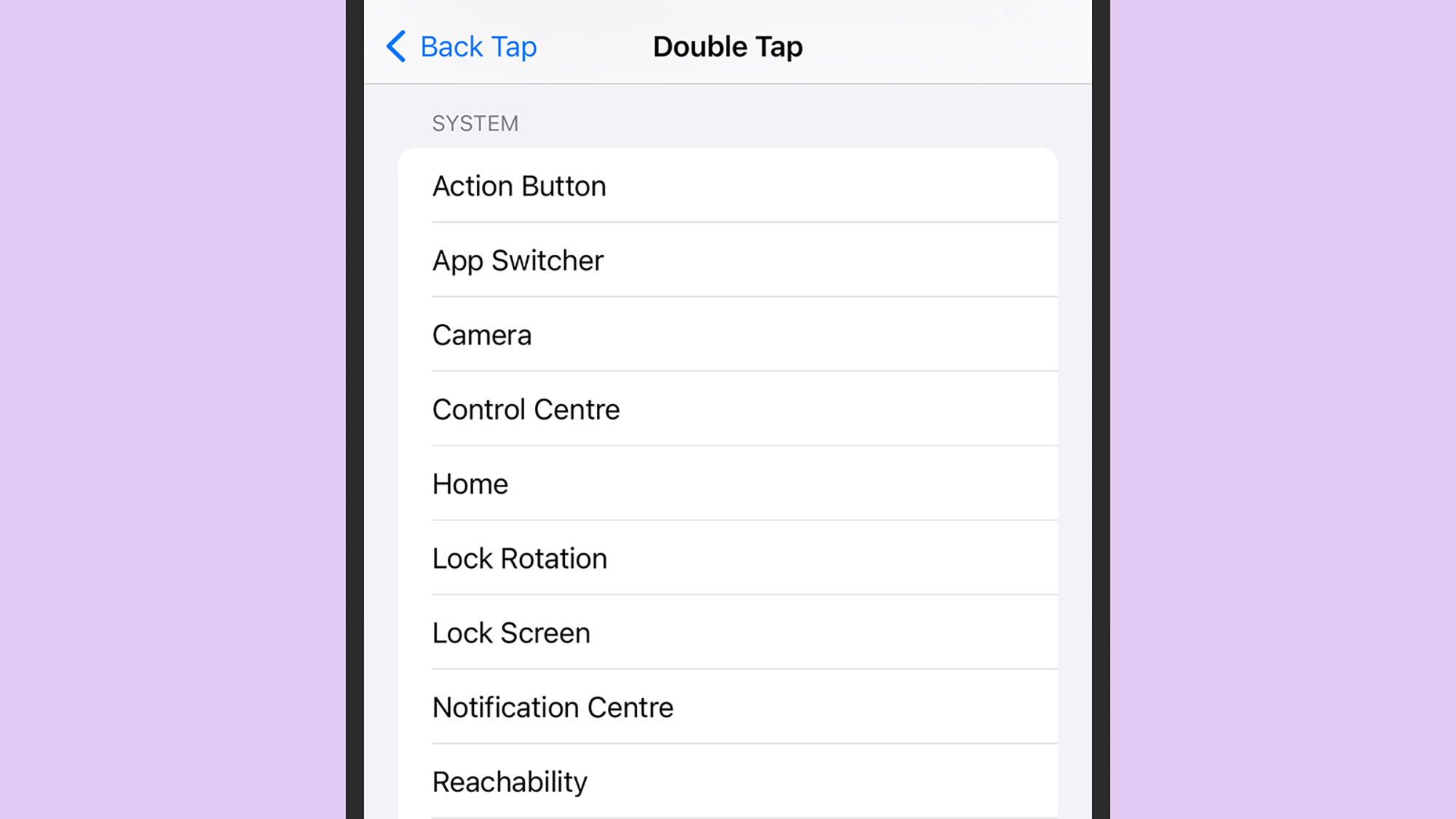
There’s a hidden gesture shortcut on your iPhone that you can get at by selecting Touch and then Back Tap. You can then use the Double Tap and Triple Tap menu options to use taps on the back of the device to launch particular apps or screens on your iPhone.
For example, you can set up a double tap to take a screenshot, or a triple tap to open the Control Center. Any shortcut that you’ve set up in iOS can be accessed in this way, and you can also open up the camera, launch Siri, and even scroll up and scroll down the screen.
Use your iPhone as a remote
You can use your iPhone to control other Apple devices on the same Wi-Fi network signed into the same Apple ID, effectively turning your handset into a remote control: Select Control Nearby Devices to scan the local network for other devices you can link to.
It’s really simple to operate and it means, for example, you could control the playback of music on a Mac computer from your iPhone on the other side of the room. The available remote control options you’ve got will show up once the connection has been made.
